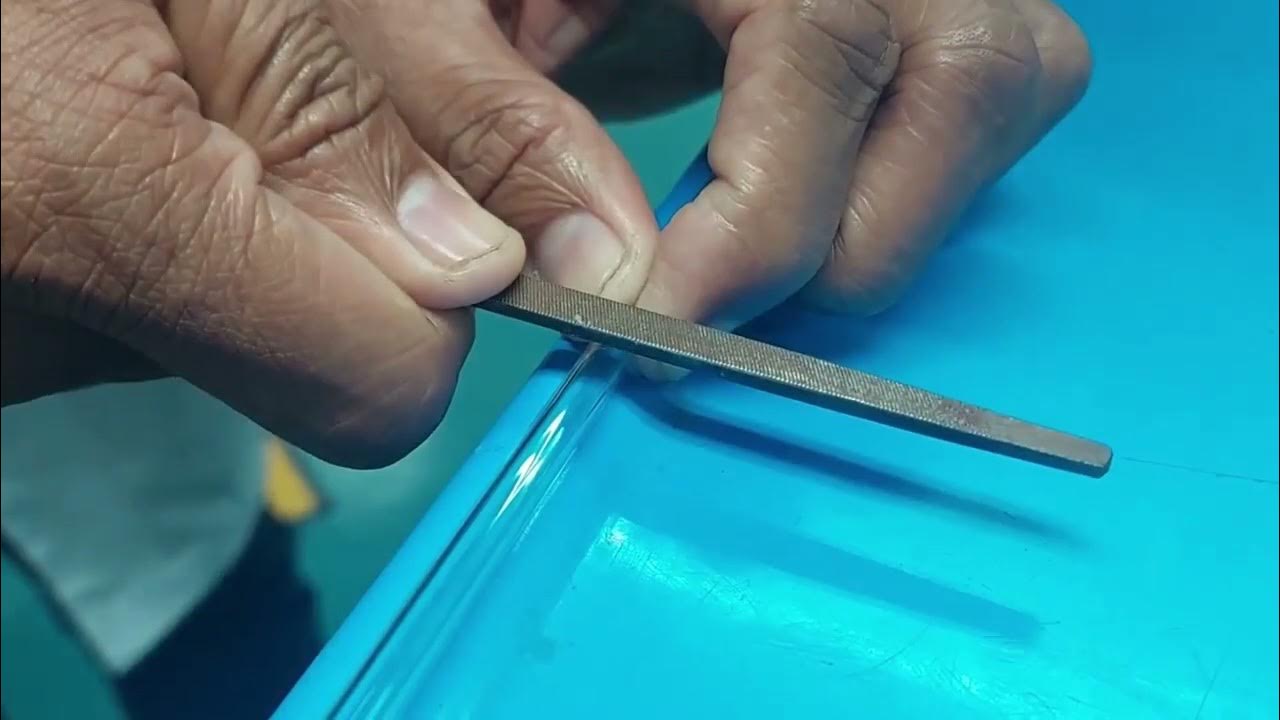Keselamatan Kerja di Laboratorium | Apa Saja Bahaya dan Aturan Kerja di Laboratorium?
Summary
TLDRThis video educates viewers on essential laboratory safety practices, covering common hazards like electric shock, fire, broken glass injuries, skin irritation, and chemical explosions. It emphasizes the importance of protecting practitioners, ensuring safety, and reducing accidents. Key safety measures include following instructions, using protective equipment, and maintaining cleanliness in the lab. The video also highlights the necessity of proper chemical handling and first aid preparedness. Viewers are encouraged to engage with the channel by liking and subscribing while learning how to work safely in a science laboratory.
Takeaways
- 😀 Laboratory safety refers to the optimal conditions for conducting experiments with proper equipment and precautions.
- 😀 Potential hazards in laboratories include electric shocks, fires, broken glass, chemical exposure, and explosions from reactive chemicals.
- 😀 One major cause of explosions in labs is improper storage of dangerous chemicals, as seen in the Beirut explosion incident.
- 😀 The main objectives of laboratory safety include protecting practitioners, ensuring safety, maintaining production sources, reducing accidents, and providing first aid.
- 😀 Always follow written instructions and guidelines when performing experiments in the lab.
- 😀 Only conduct experiments authorized by the teacher and ask for help if unsure or facing difficulties.
- 😀 Personal protective equipment (PPE) is crucial: wear safety glasses, masks, gloves, socks, shoes, and lab coats for protection.
- 😀 Be cautious of chemical spills, and always consult a teacher or lab staff on proper cleanup procedures.
- 😀 Avoid mixing chemicals without proper instructions, and wash your hands before and after handling substances.
- 😀 Eating or drinking in the lab is strictly prohibited to prevent contamination and exposure to harmful substances.
- 😀 After experiments, clean the workspace, return tools to their designated places, and ensure all electrical equipment is handled safely.
Q & A
What is laboratory safety?
-Laboratory safety refers to the best working conditions in a laboratory, equipped with proper tools and protocols to ensure safe experiments and protect individuals from hazards.
What are some of the dangers that can occur in the laboratory?
-Some of the dangers include electric shock (especially when hands are wet), fire, injuries from broken glass, skin irritation due to chemicals, and explosions caused by reactive chemicals like ammonium nitrate.
Why is laboratory safety important?
-Laboratory safety is important because it helps protect practitioners from harm, ensures safety in the lab environment, prevents accidents, and guarantees the integrity of experimental results and production.
What are the objectives of implementing laboratory safety?
-The main objectives of laboratory safety include protecting the practitioner, ensuring safety, guaranteeing production sources, reducing accidents, and providing first aid when needed.
What are the key things to pay attention to for a safe laboratory experience?
-Key safety measures include following written instructions, conducting only teacher-permitted experiments, using appropriate safety gear (glasses, gloves, masks, lab coats, etc.), being cautious with chemicals, and keeping the lab clean and organized.
What safety gear should be worn in the laboratory?
-Safety gear in the laboratory includes protective glasses, gloves, masks, lab coats, and proper footwear such as socks and shoes to protect from hazardous chemicals and substances.
What should you do if a chemical spill occurs in the lab?
-If a chemical spill happens, immediately inform the teacher or laboratory staff and follow their instructions for safely cleaning up the spill.
Why should you avoid mixing chemicals without supervision?
-You should avoid mixing chemicals without supervision because certain chemicals may react dangerously when combined, leading to unexpected hazards such as explosions or toxic fumes.
What is the correct procedure before and after working in the laboratory?
-Before and after working in the laboratory, always wash your hands to remove any harmful substances, and make sure to clean the work area and put tools back in their original places.
Why is it important to keep hands dry when handling electrical equipment?
-It is important to keep hands dry when handling electrical equipment to prevent the risk of electric shock, which can occur if hands are wet while working with electricity.
Outlines

This section is available to paid users only. Please upgrade to access this part.
Upgrade NowMindmap

This section is available to paid users only. Please upgrade to access this part.
Upgrade NowKeywords

This section is available to paid users only. Please upgrade to access this part.
Upgrade NowHighlights

This section is available to paid users only. Please upgrade to access this part.
Upgrade NowTranscripts

This section is available to paid users only. Please upgrade to access this part.
Upgrade NowBrowse More Related Video

Emergencies in the Chemistry Laboratory | ACS College Safety Video #6

Chemical Safety Information Resources | ACS College Safety Video #2

HOW TO SET UP WELDING MACHINE //Welding Operation Safety//Bro Sul Garage

BASIC SCIENCE LABORATORY TECHNIQUES: Glass Manipulation

GHS: Quick Introduction to the Globably Harmonized System

OSHA Safety Video Orientation For Healthcare Workers
5.0 / 5 (0 votes)